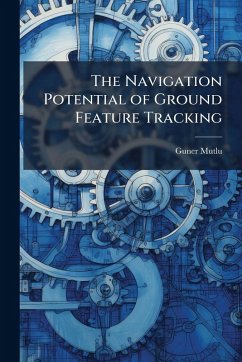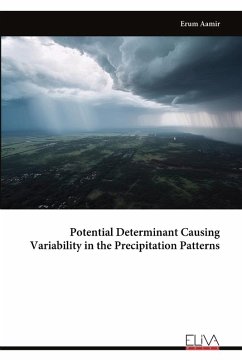
Exploring Potential ADS-B Vulnerabilities in the FAA's NextGen Air Transportation System
Versandkostenfrei!
Versandfertig in über 4 Wochen
15,99 €
inkl. MwSt.
Weitere Ausgaben:

PAYBACK Punkte
8 °P sammeln!
The Federal Aviation Administration's (FAA) Next Generation upgrade proposes a fundamental transformation to thenational airspace system (NAS) that aims to reduce dependence on outdated radar infrastructure, increase airline safetyand condense required aircraft spatial separation. A key component of the upgrade is the Automatic DependentSurveillance-Broadcast (ADS-B) system. ADS-B provides continual broadcast of aircraft position, identity, velocityand other information over unencrypted data links to generate a precise air picture for air traffic management. Officialdocuments claim operational...
The Federal Aviation Administration's (FAA) Next Generation upgrade proposes a fundamental transformation to thenational airspace system (NAS) that aims to reduce dependence on outdated radar infrastructure, increase airline safetyand condense required aircraft spatial separation. A key component of the upgrade is the Automatic DependentSurveillance-Broadcast (ADS-B) system. ADS-B provides continual broadcast of aircraft position, identity, velocityand other information over unencrypted data links to generate a precise air picture for air traffic management. Officialdocuments claim operational requirements necessitate unencrypted data links while maintaining that there is a lowlikelihood for malicious exploitation. This paper studies the security vulnerabilities associated with the ADS-Bimplementation plan and develops a taxonomy to classify attacks and examine potential impacts the attacks have onoverall NAS operations. The taxonomy helps provide a comprehensive understanding of the threats associated withADS-B implementation and facilitates risk analysis and risk management. This work has been selected by scholars as being culturally important, and is part of the knowledge base of civilization as we know it. This work was reproduced from the original artifact, and remains as true to the original work as possible. Therefore, you will see the original copyright references, library stamps (as most of these works have been housed in our most important libraries around the world), and other notations in the work. This work is in the public domain in the United States of America, and possibly other nations. Within the United States, you may freely copy and distribute this work, as no entity (individual or corporate) has a copyright on the body of the work. As a reproduction of a historical artifact, this work may contain missing or blurred pages, poor pictures, errant marks, etc. Scholars believe, and we concur, that this work is important enough to be preserved, reproduced, and made generally available to the public. We appreciate your support of the preservation process, and thank you for being an important part of keeping this knowledge alive and relevant.











![Practical Cost Keeping for Contractors [microform]; a Book Giving a System of Accurate Cost Keeping and the Methods Used for Adapting It to All Classe Cover Practical Cost Keeping for Contractors [microform]; a Book Giving a System of Accurate Cost Keeping and the Methods Used for Adapting It to All Classe](https://bilder.buecher.de/produkte/65/65494/65494246n.jpg)
